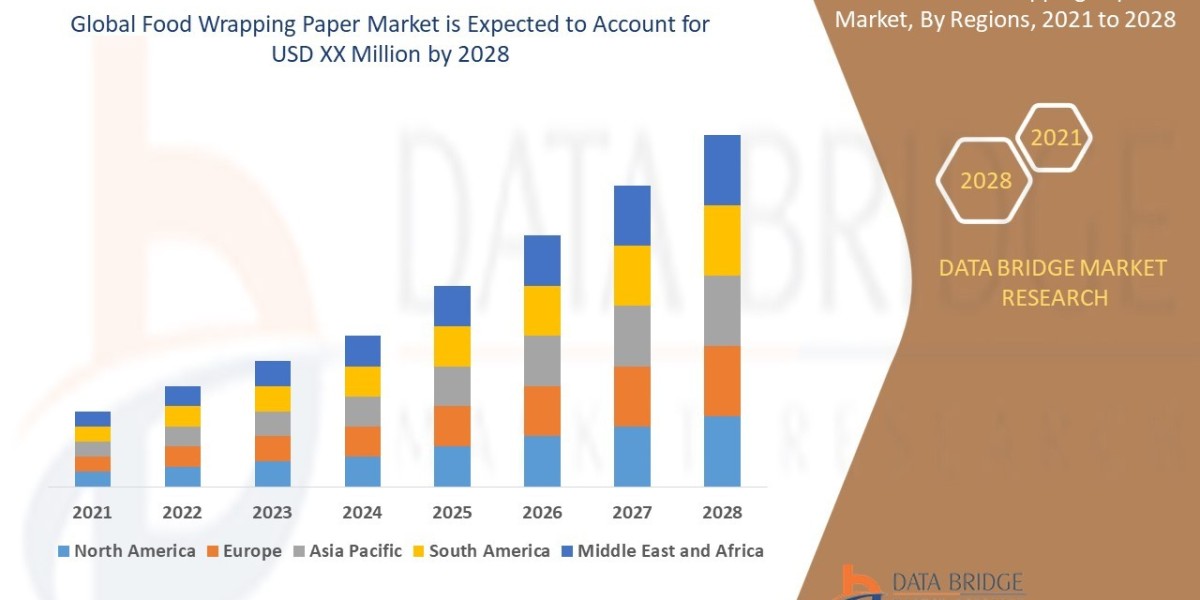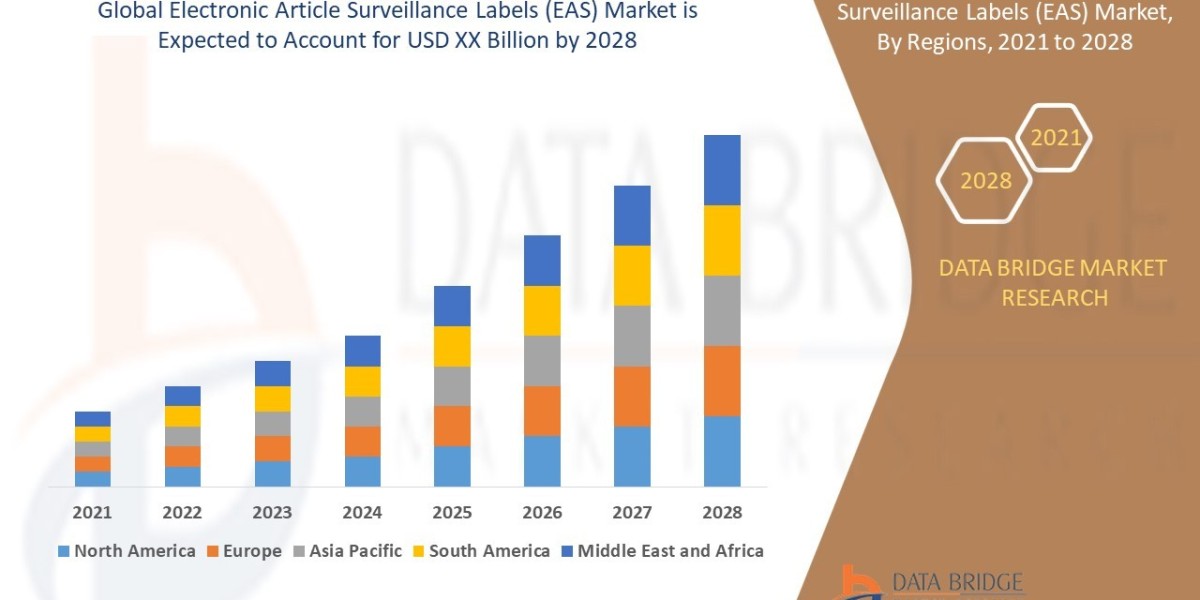The rise of the fintech industry has transformed how people manage their finances. From digital wallets and peer-to-peer payments to mobile banking and investment platforms, financial technology has made services more accessible and convenient than ever before. However, this revolution comes with a significant caveat: the immense responsibility of safeguarding sensitive financial data. For any Mobile App Development Company, building a fintech app is a complex undertaking where security is not a feature but the foundational principle. The stakes are incredibly high; a single breach can lead to devastating financial losses, regulatory penalties, and the complete erosion of user trust.
To navigate this landscape, it is crucial to understand the most pressing security challenges. This article explores the top eight hurdles that a professional Mobile App Development Company must overcome to create a secure and trustworthy fintech mobile application.
1. Data Encryption and Secure Storage
The first and most critical challenge is protecting the integrity and confidentiality of user data. A fintech app handles a goldmine of information, including names, addresses, bank account numbers, credit card details, and transaction history. This data is vulnerable at two key stages: when it's "at rest" (stored on the device or server) and when it's "in transit" (being transmitted between the app and the backend server).
The Challenge: Attackers are relentless in their pursuit of this data. They employ various methods, from exploiting vulnerabilities in the app's file system to intercepting data packets during transmission. Without robust encryption, a stolen device or a man-in-the-middle attack can easily expose sensitive user information. Storing encryption keys directly in the app’s code or in an insecure location on the device is another common pitfall that can render even the strongest encryption algorithms useless.
The Solution: A leading Mobile App Development Company employs a multi-layered encryption strategy. This includes using strong, industry-standard encryption algorithms like AES-256 for data at rest. For data in transit, all communication must be secured using robust protocols such as Transport Layer Security (TLS) with certificate pinning. Certificate pinning ensures that the app only communicates with its intended server and prevents attackers from impersonating the server with a fraudulent certificate. Furthermore, secure key management practices are implemented, often leveraging secure hardware enclaves on modern mobile devices to store cryptographic keys, making them extremely difficult for attackers to extract.
2. Robust Authentication and Authorization
Securing a user’s identity is the first line of defense. The days of relying on a simple password are long gone, especially in the financial sector. The challenge is to create a secure login process that is both impenetrable to attackers and frictionless for the user.
The Challenge: Weak or single-factor authentication methods are easy targets for brute-force attacks, credential stuffing, and phishing. An attacker who gains a user's password can gain complete control over their financial accounts. Moreover, once a user is authenticated, a weak authorization system can allow them to access data or perform actions they should not have permission to, such as viewing another user’s account details.
The Solution: A professional Mobile App Development Company implements multi-factor authentication (MFA) as a standard. This typically involves a combination of at least two factors: something the user knows (a password or PIN), something the user has (a one-time password sent to their phone or email), and something the user is (biometric data like a fingerprint or face scan). Biometric authentication, while convenient, must be implemented carefully to prevent spoofing. Additionally, robust authorization checks must be performed on the backend for every single request, ensuring a user's role and permissions are strictly enforced before any action is executed or any data is served.
3. API Security Vulnerabilities
Fintech mobile apps are not standalone entities; they are heavily reliant on Application Programming Interfaces (APIs) to communicate with backend servers, third-party payment gateways, and other financial services. These APIs are a critical and often overlooked attack vector.
The Challenge: Insecure APIs can be a gateway for data breaches and unauthorized access. Attackers can exploit flaws in API endpoints to bypass authentication, expose sensitive data, or perform unauthorized transactions. Common vulnerabilities include broken object-level authorization, excessive data exposure, and lack of rate limiting, which can lead to Denial-of-Service (DDoS) attacks.
The Solution: To mitigate these risks, a skilled Mobile App Development Company prioritizes API security from the design phase. This involves using strong authentication mechanisms like OAuth 2.0 with short-lived access tokens, ensuring all API traffic is encrypted with TLS, and implementing rigorous input validation to prevent injection attacks. Rate limiting is a crucial defense against brute-force and DDoS attacks, preventing a single user or IP address from overwhelming the server with requests. All API endpoints must be protected, and the principle of least privilege should be applied, ensuring APIs only provide access to the data and functionality that is absolutely necessary.
4. Malware and Phishing Attacks
Mobile devices are susceptible to various forms of malware, and a malicious application can pose a direct threat to a fintech app. Phishing is another persistent threat where attackers trick users into revealing their credentials.
The Challenge: Malware on a user's device can steal data, log keystrokes, or intercept sensitive information like one-time passwords. Phishing attacks, often disguised as legitimate communications from the bank or app, can deceive users into entering their login credentials on a fake website or app, giving the attacker direct access to their account.
The Solution: A reputable Mobile App Development Company implements several countermeasures. For the app itself, they integrate threat detection and prevention systems that can identify and block malicious activity on the user's device. This includes Runtime Application Self-Protection (RASP), which can detect if the app's environment has been tampered with or if it's running on a rooted or jailbroken device. To combat phishing, a company must educate users on security best practices, such as recognizing legitimate app communications and the dangers of clicking on suspicious links. The app should also include features that make it easy for users to verify the authenticity of notifications and requests.
5. Code Tampering and Reverse Engineering
Unlike web applications, mobile apps are distributed to users, meaning the code is downloaded and resides on the user’s device. This makes the app vulnerable to code tampering and reverse engineering, where attackers can deconstruct the app to understand its logic and find vulnerabilities.
The Challenge: Attackers can use reverse engineering to understand how the app handles sensitive operations, like authentication or transaction processing. This knowledge can be used to bypass security controls, develop malware, or even create a malicious, cloned version of the app to steal user data. They can also tamper with the app's code to alter its behavior, such as redirecting transactions to an attacker’s account.
The Solution: A leading Mobile App Development Company uses sophisticated techniques like code obfuscation and integrity checks. Code obfuscation makes the app’s code extremely difficult to read and understand by renaming variables, classes, and methods to meaningless names. Integrity checks, also known as application shielding, are built into the app to detect if its code has been altered. If tampering is detected, the app can take predefined actions, such as shutting down, wiping sensitive data, or alerting the user and the backend server. This makes it significantly harder for attackers to modify the app and launch a successful attack.
6. Regulatory and Compliance Requirements
The financial industry is one of the most heavily regulated sectors in the world. Fintech apps must adhere to a complex web of local, national, and international laws and standards, such as GDPR (General Data Protection Regulation), PCI DSS (Payment Card Industry Data Security Standard), and KYC (Know Your Customer) policies.
The Challenge: Failure to comply with these regulations can lead to severe consequences, including massive fines, legal action, and a loss of operating licenses. The regulatory landscape is constantly evolving, making it difficult for in-house teams to stay on top of all the requirements. Non-compliance is not just a legal problem; it's a security problem, as many of these regulations are designed to enforce a minimum level of data protection.
The Solution: This is where the expertise of a specialized Mobile App Development Company becomes invaluable. They have dedicated teams of professionals who are well-versed in the various compliance standards and regulations relevant to the fintech industry. They integrate these requirements into the development lifecycle from day one, ensuring that the app's architecture, data handling processes, and security protocols are all compliant. This includes implementing robust KYC procedures for user onboarding, maintaining a secure environment for cardholder data as required by PCI DSS, and providing users with control over their data in line with GDPR.
7. Insecure Third-Party Libraries
Modern app development relies heavily on third-party libraries and SDKs to accelerate the development process. While these tools are essential, they can also introduce significant security risks.
The Challenge: A single vulnerability in a widely used third-party library can expose millions of apps to a common attack vector. If a library has not been properly maintained or if it contains a known security flaw, an attacker can exploit it to compromise the entire application. The challenge is that developers may not be aware of the security posture of every single piece of external code they use.
The Solution: A responsible Mobile App Development Company adopts a rigorous due diligence process for all third-party components. This involves selecting libraries from trusted and well-maintained sources, performing regular security audits and vulnerability scans of all dependencies, and keeping all libraries updated to the latest, patched versions. They also use automated tools to monitor for known vulnerabilities and actively manage the risks associated with every third-party component, ensuring that the app's attack surface is minimized.
8. Insecure Communication and Session Management
The entire user journey, from logging in to performing a transaction, relies on a continuous and secure session. A lapse in secure communication or poor session management can leave the door open for attackers.
The Challenge: If an app does not use secure protocols for all its communications, an attacker on the same network can perform a man-in-the-middle attack to eavesdrop on conversations, steal sensitive data, or hijack a user’s session. Similarly, poorly managed sessions—for example, using long-lived or insecure session tokens—can allow an attacker who obtains a token to impersonate the user even after they have logged out.
The Solution: To address this, a dedicated Mobile App Development Company ensures that all communication is encrypted end-to-end using TLS. This is non-negotiable. Furthermore, they implement a secure session management system with features like short-lived session tokens, automatic logouts after a period of inactivity, and the invalidation of all active sessions when a user changes their password. Transactional integrity is also maintained by using transaction-specific tokens, ensuring that a token can only be used for a single, intended purpose.
Conclusion
Building a secure fintech mobile app is a demanding and multifaceted challenge that requires a proactive, security-first mindset. It involves a deep understanding of data encryption, authentication, API security, and regulatory compliance, among many other technical disciplines. In this high-stakes environment, partnering with an experienced Mobile App Development Company is not a luxury but a necessity. A professional company brings not only technical expertise but also a robust security culture, a commitment to continuous testing, and a deep understanding of the evolving threat landscape. By systematically addressing these eight critical challenges, they can deliver a fintech application that not only offers a seamless user experience but, most importantly, instills unwavering confidence and trust in its security.









